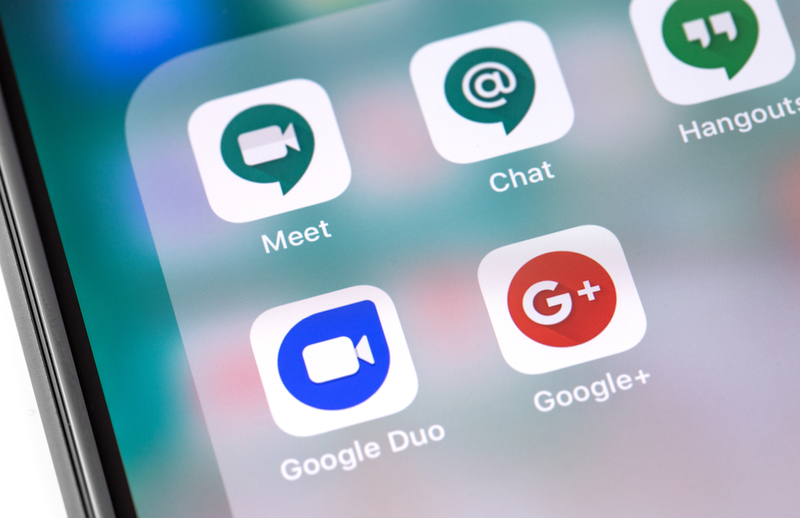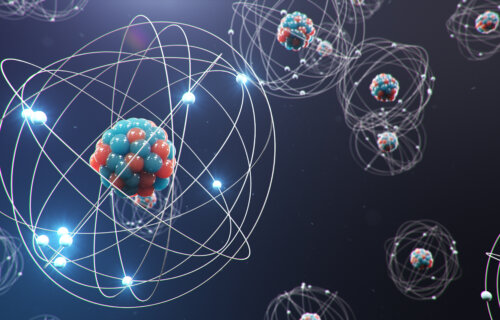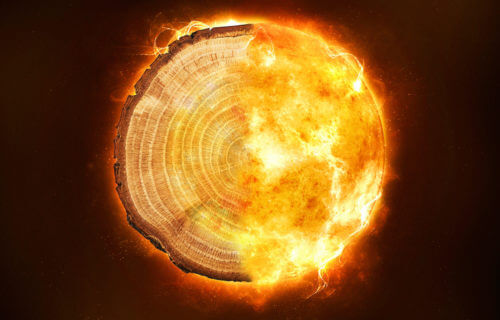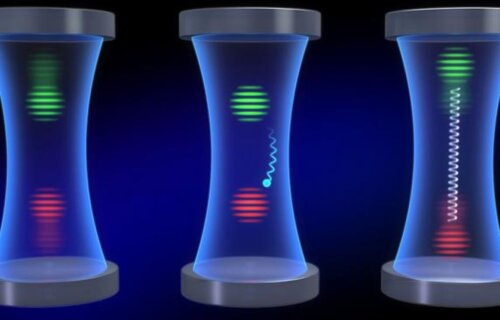
Google Meet’s online version now has an auto-brightness feature that may be used to remedy bad lighting during video conversations. Users of the video calling platform on Android and iOS devices will now be able to make advantage of a low-light mode, which was launched earlier this year. This new feature will automatically detect poor lighting conditions and boost brightness settings to provide visually better video chats when enabled.

Admin Control Free
Anyone who uses Google Meet for Web may activate it, and there is no admin control over the auto-brightness function. It is accessible to PC users as well as iOS users who access Google Meet for Web via their iPhones. All Google Workspace users, as well as G Suite Basic and Business subscribers, are reported to be able to use the functionality. To activate it, go to the More area of Google Meet, touch on the Settings choices, choose Video, and then enable the Adjust video illumination option.
Active Time
When activated, Google Meet will raise the brightness automatically. If the video lighting adjustment function is not activated and the users are underexposed, it will suggest that they enable it. However, the tech giant has cautioned that the function may slow down the computer or laptop. As a result, users may simply deactivate the function if they do not want their computers to slow down. The video illumination adjustment function has already begun to be rolled out and will ultimately be accessible to all users.

Artificial intelligence
Remember, Google Meet introduced its low-light mode, which serves a similar purpose, for its iOS and Android mobile applications last year. It uses artificial intelligence (AI) to automatically change the brightness of the video if users are in a dark area. There was also a noise cancellation function to filter out background noises for interruption-free video calling.










